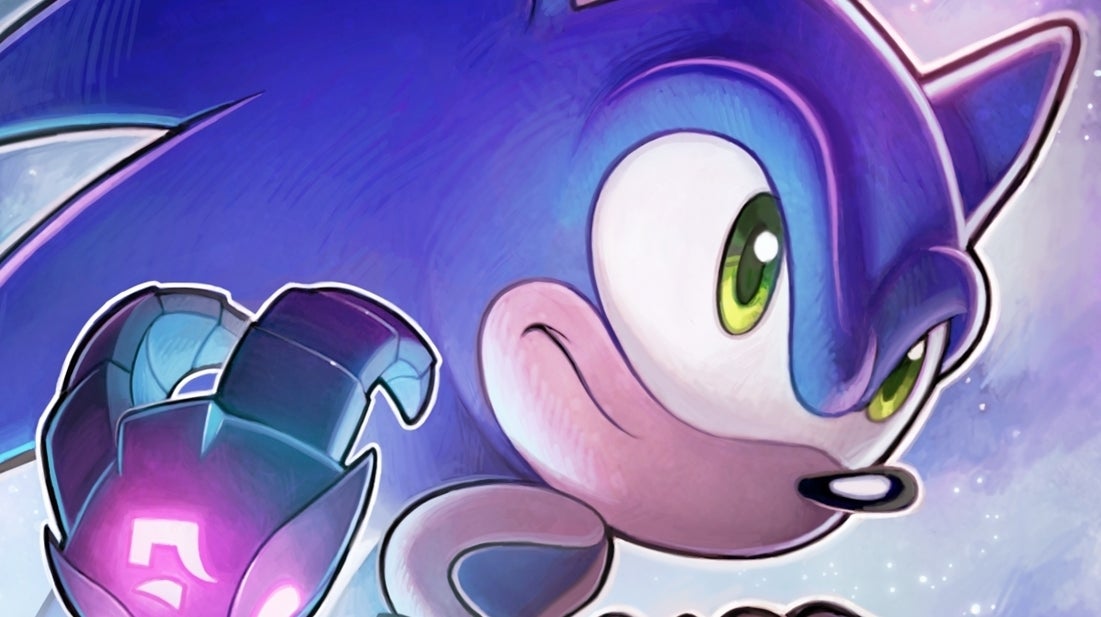Cast yourself back to the late 2000s. Between Baldur’s Gate, Neverwinter Nights, and Star Wars: Knights of the Old Republic, the team at BioWare were at their peak, cementing themselves a reputation for top-class RPGs. Granted, Jade Empire wasn’t quite the success they’d hoped for, but the studio’s best had yet to come. Slowly, they’d begun preparing a new science fiction epic, one which would transcend gaming – their magnum opus, if you will. One glorious day in 2008, Sonic Chronicles: The Dark Brotherhood finally launched.
…OK, fine. Maybe I’m confusing it with Mass Effect here. For what it’s worth though, Sonic Chronicles remains an entertaining oddity in Sonic The Hedgehog’s history. Since arriving on Mega Drive in 1991, Sonic’s been subject to countless spinoffs, taking him from hoverboard racing to the Arabian Nights, but unlike his plumber rival, there’s only ever been one RPG entry. Marking BioWare’s last game before being merged into EA, there’s more to this oft-forgotten DS spinoff than an outlier status, or Ken Penders’ amusing echidna lawsuit.
Once you begin, you’ll quickly realise this isn’t your standard Sonic adventure. Rather than work towards defeating Eggman – or whatever powerful entity he’s lost control over – Chronicles begins with his presumed death, after Sonic and friends destroy the Egg Carrier. Months later, Knuckles gets kidnapped by a mysterious group called Marauders, also taking the Chaos Emeralds for unknown purposes. Split into two arcs, Chronicles’ storytelling wasn’t as in-depth as BioWare’s other works, but combined with Sonic’s more light-hearted nature, it didn’t need to be.
Sonic Chronicles- The Dark Brotherhood – Trailer 1 Watch on YouTube
Like most DS games, Chronicles utilised the touch screen heavily. Moving around with a stylus, we’d assemble a party of four to explore locations old and new, helping out local citizens with side quests. Exploration relied on a character’s special abilities to advance. So, for example, Rouge can fly short distances, while Amy can smash objects. As with many BioWare RPGs, multiple dialogue choices were present, letting us pry further for extra plot details, rush through, or offer snarky comments. This doesn’t sound like much, but there’s a personal touch here not seen in other Sonic games.
